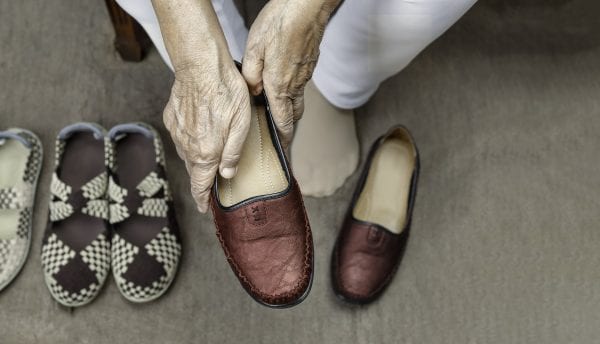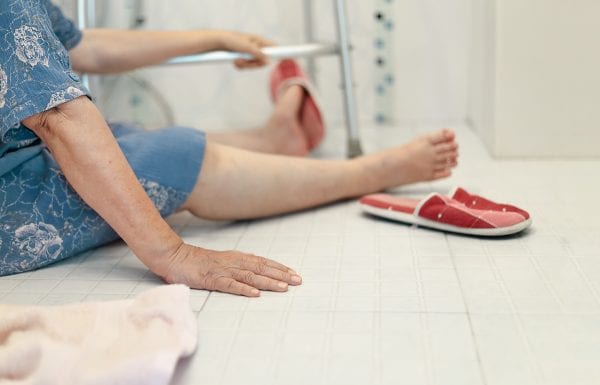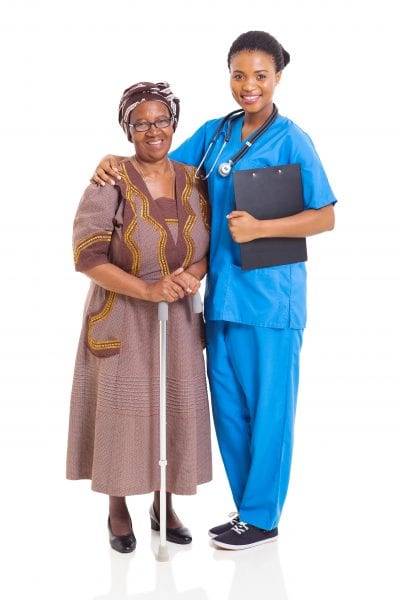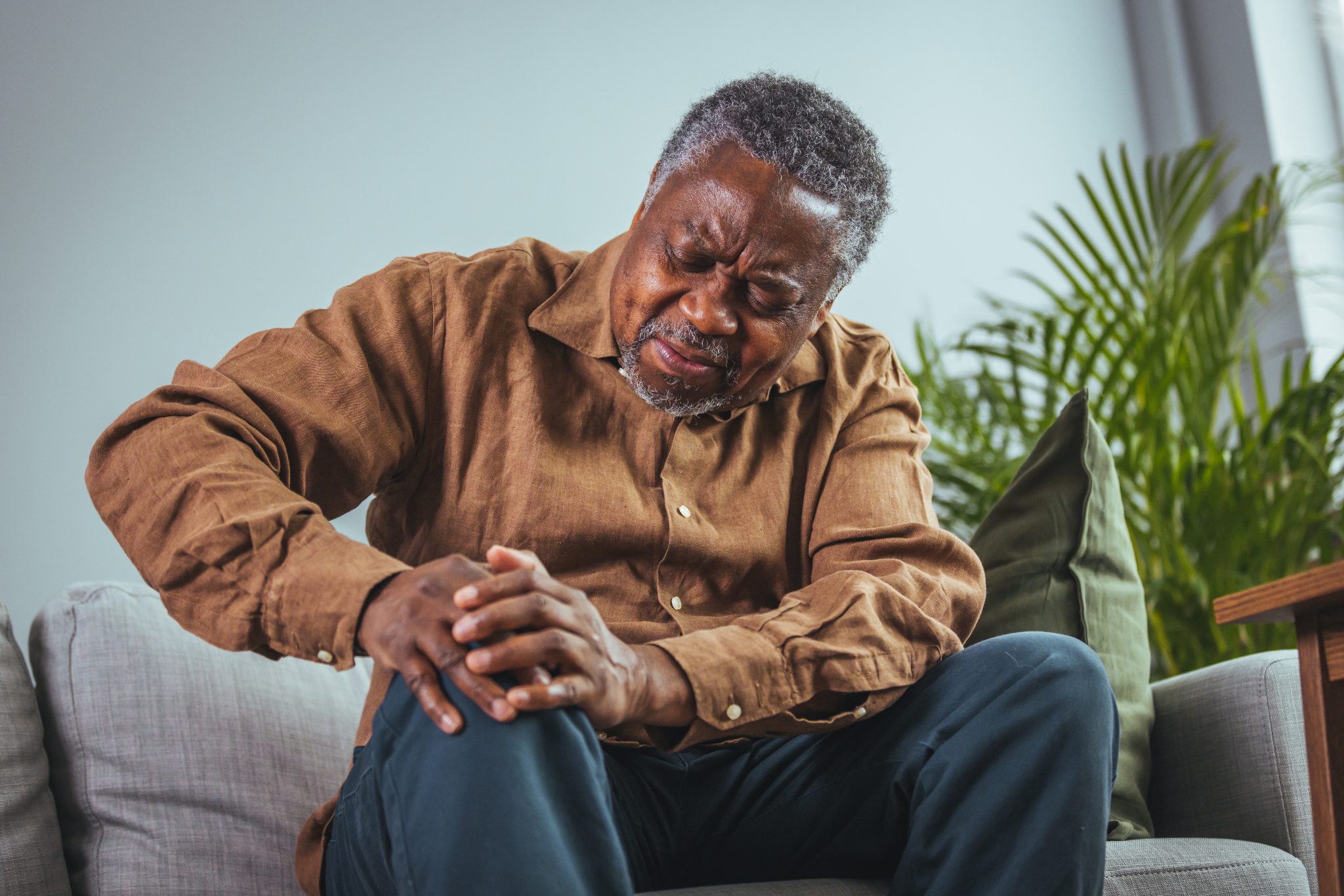Home & Family

Useful strategies to avoid tragic falls at home and in the community.
Introduction
Falls are the leading cause of death, injuries, and disabilities in adults 65 and older. According to the Centers for Disease Control and Prevention (2020), falls are responsible for the death of approximately 32,000 older adults each year. Of the 36 million falls reported each year, 1 in every 5 falls results in injuries such as broken bones or head injuries. Falls reduce older adults’ independence and create a lasting fear for many persons. Today, falls have become a major health concern as a result of these statistics. Once a fall occurs, the chance of falling again more than doubles among older adults.
Fall Risk Factors
Many individuals tend to focus only on environmental factors when considering older adults and falls, yet many factors can lead to or increase one’s chances of falling. Here are some major factors that will increase your risk of falling.
Biological Factors: Bodily Changes
Age: The risk of falling increases with age. Individuals over 80 are more likely to fall and get injured.
Illnesses: Illnesses that can cause older adults to fall are:
- Stroke
- Parkinson’s disease
- Osteoporosis
- Bowel and bladder incontinence
- Other disabling conditions
Age-related changes: Here are some bodily (physiological) changes that occur because of aging:
- Gait (The way a person walks)
- Balance
- Vision: weakened depth perception (how a person perceives the distance of visual objects); contrast sensitivity (how you see different sizes of objects), and a decline in dark adaptation (eye reflex to dim light).
- Dizziness on standing (postural hypotension)
- Weakened muscles
- Easily gets tired
- Difficulty with accomplishing necessary activities (feeding, dressing and bathing oneself, etc.)
- Reduced cognition, such as alertness and mental capabilities
Behavioral Factors

Poor-fitting shoes can cause elders to fall.
Here are some behavioral changes that occur based on choices and actions.
- Trying to do what you could do when younger (inability to accept and recognize changes in your body)
- Refusal to use mobility aids when needed, such as a cane, handrail, grab bar, wheelchair, etc.
- Incorrect use of mobility aids
- Physical inactivity
- Intoxication
- Afraid of falling may lead to a sedimentary lifestyle
- Poor or inadequate diet (lack of protein and calcium can lead to muscle loss and weak bones)
- Lack of exercise can lead to muscle loss and weak bones
- Unsuitable shoes or slippers: too large, slipper bottoms and high heels
- Large heavy purse/handbag
- Rushing, such as to the bathroom or to answer the phone
Here are some behavioral changes based on medications.
- Side effects of certain medicines, including some antibiotics
- Multiple medication interactions
- Inability to adjust to prescriptions
Environmental Factors

Add non-slip mats or rugs in bathrooms to prevent falls.
Although most falls occur at home, here are some environmental factors in the home and in the community that could lead to falls:
- Clutter
- Poor lighting
- Narrow stairs
- Showers/tubs
- Loose rugs
- Lack of aids
- Electrical cords
- Pets
- Door sills uneven with a floor
- No supportive features
- Substances or items on floors (water, oil, powder, uncooked beans, paper, pens, etc.)
- Outside home or community
- Poor or dimly lit areas
- A sudden sharp contrast in lighting
- Uneven or cracked pavement or sidewalks
- Leaves (can’t see changes and they make surfaces slippery)
- Mats
- Stairs and steps
- No supportive features

Use a cane to prevent falls.
Here are some helpful strategies to increase your awareness of falls and your ability to prevent falls.
- Obtain education and training on the factors.
- Exercise regularly (walking, yoga, balance training, etc.).
- Use assistive devices such as canes, crutches, reachers, and scooters properly.
- Modify the environment.
- Review or modify medications using doctor’s recommendations (fitting of glasses, correcting vision, checking prescriptions, identifying side effects, etc.)
- Apply multiple strategies.
- Pay attention to the choices you make.
Ways to Reduce Falls
- Check medications for side effects.
- Get eyes tested and glasses properly fitted.
- Know what you can and cannot do when your mobility is impaired as a result of illness, etc.
- Wear properly fitting clothes and shoes at all times, such as pajamas, gowns, shoes, or trousers that are not too long, tight, or high.
- Take your time when going to the restroom or doing other activities (don’t rush).
- Rise slowly from a chair or bed.
- Remove trip hazards from floors and stairs (clutter, spills, electrical cords, pets, etc.)
- Keep your necessities within easy reach.
- Keep high traffic areas free of objects.
- Avoid waxing or polishing floors.
- Avoid walking on sidewalks or driveways covered with leaves when wearing shoes with non-slip rubber soles.
- Secure corners of rugs to prevent ends from rolling.
- Add non-slip bottoms on areas and throw rugs.
- Place a non-skid bath mat beside the tub or shower to absorb water.
- Place non-slip rubber mat or strips on the bottom of the tub.
- Place a liquid soap dispenser near the tub and shower.
- Place contrasting tips on edge of stairs or steps.
- Use bright lighting throughout the home.
- Add night lights in your home, especially in the bedroom and hallway.
- Attach the bed rail on side of the bed.
- Attach grab bars on walls in and near the shower, tub, and toilet.
- Attach rails on both sides of stairs (inside the home and outside the home).
- Attach a raised toilet seat (with or without arms or bars).
- Install a shower chair.
- Attach a handheld shower head.
- Use assistive devices as instructed.
- Always lock the scooter before sitting on it.
- Train pets not to block you from walking. Locate your pet before moving.
- Always keep a portable phone with you.
Dorothy Brandon, PhD, CPFFE, Consumer Science & Personal Financial Management, Alabama A&M University
Revised August 2022, Take Action: Reduce Your Risk of Falling, UNP-2147

